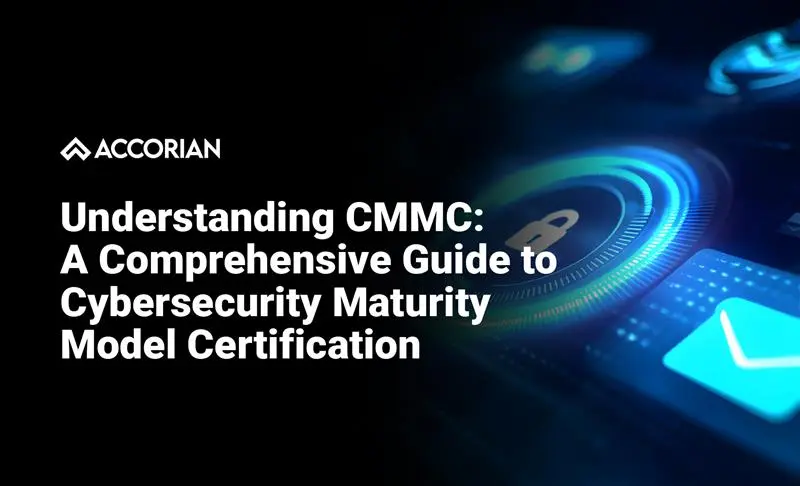Continuous Threat Exposure Management (CTEM) is a comprehensive cybersecurity approach that mitigates an organization’s vulnerability to prevailing cyber threats and attacks. According to the traditional approach to vulnerability management, which involves analyzing and mitigating identified vulnerabilities, CTEM delves deeper into additional aspects. It ensures that threats are continuously identified, assessed for their potential impact, and that resulting risks are promptly mitigated and addressed by the appropriate risk owners. This approach plays a critical role in the modern-day world of cybersecurity, where the environments and configurations are relentlessly changing, especially in cloud security.
Why CTEM Is Essential to Your Vulnerability Management Framework?
Many organizations prioritize their vulnerability management programs by conducting periodic scans or manual reviews according to defined schedules. However, remediation and impact assessment often lack depth and continuity, creating opportunities for identified vulnerabilities to escalate, thereby increasing the likelihood and impact of threats and threat actors.
The modern-day CTEM scopes the attack surface and its impact on the assets, including software flaws, identification of configuration errors, and network threats, by prioritizing threats based on their severity, impact on assets, and likelihood. It also tests and simulates attacks to demonstrate how dangerous they could be if not mitigated as a priority. The attack surface refers to all the potential points in a system where an unauthorized user could try to enter or extract data. Reducing the attack surface is crucial to minimizing security vulnerabilities and protecting critical assets.
As a result, the CTEM delivers actionable results through comprehensive vulnerability assessments, penetration testing, false positive elimination, and prioritized remediation, supporting organizations throughout the mitigation process. Organizations can gain continuous visibility, validation, and operational efficiency to stay ahead of emerging cyber threats.
The Various Phases of CTEM
The CTEM has been designed in five phases to safeguard against emerging threats:
The Scoping Phase:
- It has been designed to address the critical risk and minimize the impact.
- Coverage of organizational assets like cloud, application, and third-party systems.
The Discovery Phase:
- It ensures a comprehensive view of the attack surface.
- Coverage to identify software vulnerabilities and external exposure, including unprotected misconfiguration.
The Prioritization Phase:
- It focuses on the CVSS score and asset criticality, threat intelligence, and exploitability.
- Coverage for determining vulnerability risk rating.
The Validation Phase:
- It enforces continuous validation on attack testing and other automated techniques.
- Coverage to confirm whether exposures are truly exploitable or not.
The Mobilization Phase:
- It comes into play when exposures are mapped with specific assets and owners.
- Coverage of this to align stakeholders with the right teams to mitigate the risk/issue.
Benefits of CTEM
- CTEM focuses on gaining clear visibility of the attack surface.
- Teams focus on implementing measurable, ongoing strategies to remediate vulnerabilities and mitigate threats.
- It caters beyond CVEs to assess various types of exposures.
- It ensures organizations comply with all applicable legal and regulatory requirements.
Organizations must focus on proactive exposure rather than reactive patching to ensure robust cybersafe environments by reducing response times to an attack. Hence, the CTEM approach continuously identifies vulnerabilities, strengthens defenses, and integrates identity management to block potential attacks.



